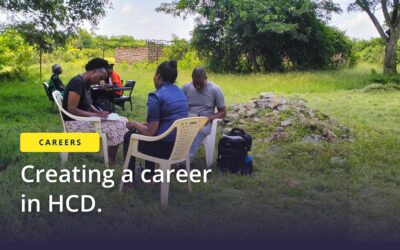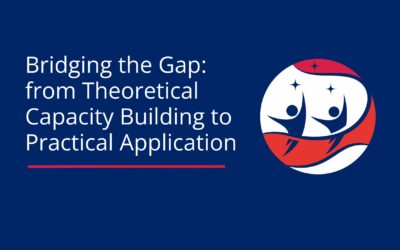Over the years as a designer, I’ve worked in different types of organizations – sometimes as an individual contributor and other times as part of a larger team running design projects. This experience has given me a lot of insights on how design projects work in varied contexts, and how to deliver the best possible output against each set of requirements. There are many aspects that can make or break a design project, but the biggest one for sure is the people and skill sets that become part of the journey.
So how do you make this decision? What does the right mix look like for a successful design project? Well, this should not come as a surprise when I say that there is no one correct answer or formula to guarantee success. However, there are considerations that can be made, which can help you make better decisions when planning your project team.
Here are some of the key things I consider:
- Inhouse vs Outsourcing a team
The first question to ask is whether the need is to utilize/build inhouse talent, or work with a design agency, both for a single project or in the long run.
Having an inhouse design team should always be a preference in order to ensure a more strategic approach to design-led problem solving, and I’m personally biased in favor of it. An in-house team is better equipped to envision the entire project within its context, they can also delve deep and pivot as and when required. But, in an in-house team there is always the risk of coloring the output with bias, or getting too limited due to the larger organizational realities.
Outsourcing a project to a design agency, on the other hand, is best when you require either a very specialized skills-based output to a project, or need a fresh perspective that will not get influenced by the traditional knowledge in house. The downside becomes the limited access and context that an external agency will have – they might be able to grasp the full picture in the given context, but they won’t have the full context of the given picture.
So if you need a fresh perspective, or a specialized skill set – opt for an external agency. But if you’d prefer a more strategic and sustainable impact, then invest in building the talent in-house.
2. Scoping the project
No matter what HCD-related framework you might follow for a design project (you should!),, it is important to first understand where your project lies on the spectrum of discovery prior to deployment. Is it more about definition than creation? Or the other way around? Answering this can help you plan the project in the most efficient manner, while also ensuring that all aspects get covered.
For example, If you’ve been asked to create a full new website, then it is a creation-heavy process so the definition and discovery can be kept to the basics. Whereas, say you need to improve one particular feature of an existing website, then it’s more about defining the problem and finding the correct opportunity, than the execution of the details. While both aspects are important in both contexts, the way you staff and time the project can change completely. In the first situation you’ll have to create a lot of navigation maps, UX wireframe, UI, coding, branding etc. along with creating and curating the content that will go in it. So the team in such a case will need to focus more on getting everything ready, collated and running on time. And in the second scenario there may be a bare minimal tangible intervention, however a much deeper understanding of the feature will be necessary. This may involve getting to grips with the what-why-and-how of it, planning prototypes or going deeper into exploration. So here, the impact of the change will matter more than the details of the final output.
3. Tangible vs Intangible – Finding the right balance
Once you understand the scope of the project, always ensure the complete gamut of the design process gets covered in the expertise hired within a team. Design can take many forms – some that you can touch, feel, see (like graphics, products, film, animation etc.), while others that are a bit more intangible (like design research, service design, user experience etc.). When thinking about the team, always ensure the balance of skill sets across all design domains. If the team needs to be small, or the output requires more specialization, you can always opt for external expert guidance or to engage agencies to run a part of the project.
4. Purist vs Practical
Design when done theoretically is sometimes very different from how things run on the ground, and either of the two extremes in a decision-making capacity can cause more harm than good. But both have enough merit to warrant space in any design-led project. So in all design teams, always allocate someone to push the boundaries and keep trying new methods (the PURIST), while another person continues to push the practical approach (the PRACTICAL One). Remember to alternate decision-making power between the two.
5. Build for Bias to Action
This has been repeated countless times when experts talk about HCD, but it still cannot be said enough – build teams that are comfortable with failure!
There is always a need to push teams to put solutions out in the field and to learn and iterate as much as possible. The first preference will be to have everyone on the team with this bias to action, but that’s usually not possible. So always ensure that the leaders you choose – whether for a specific project or for the team in general – are design leaders who encourage learning by doing, are confident about prototyping and testing and can lead feedback cycles that help make your outputs better every time
Building a highly cross-functional or varied team may not always seem easy, but these considerations can definitely help you gauge where your team stands, what it can best deliver on its own and where else you may need to build or add. Those conscious choices alone can make a huge impact in delivering more meaningful and sustainable design outputs.
This thought-piece has been written by Samina Rahman, Director – Shared Program Design & Development at Noora Health.




